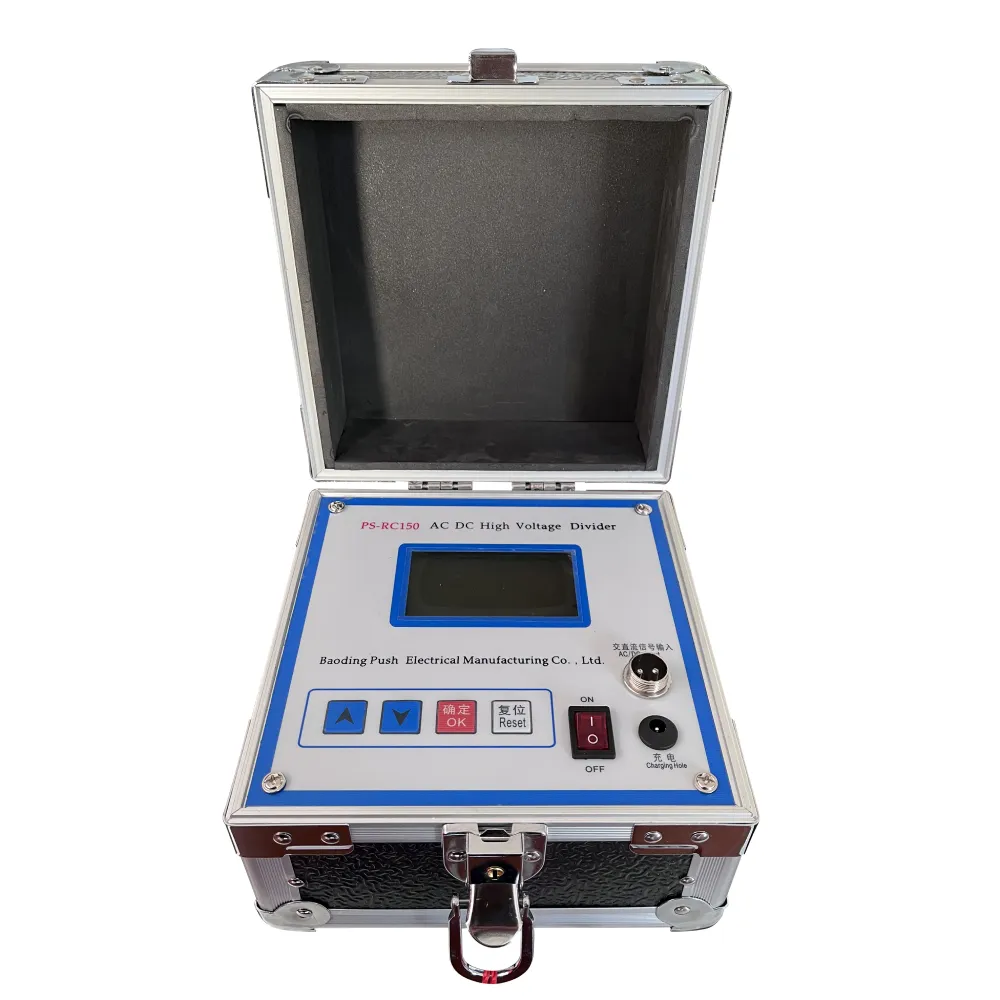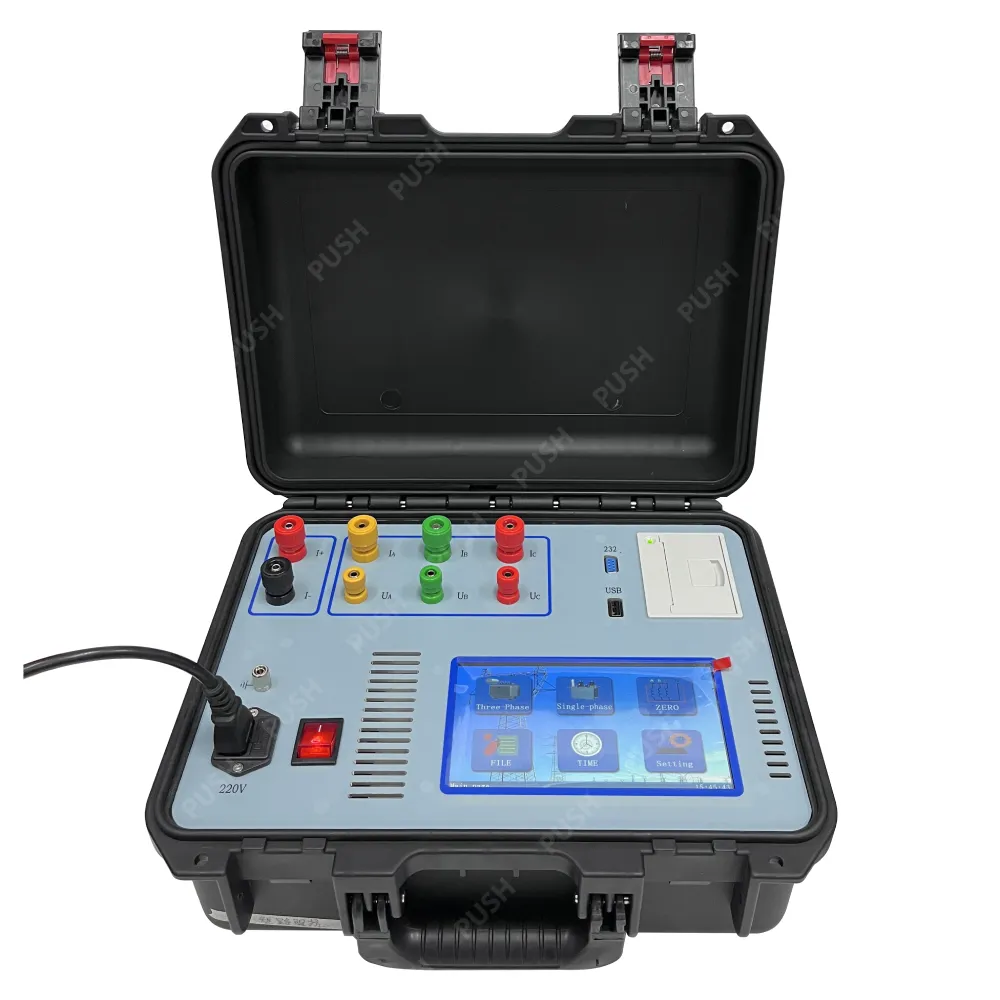 English
English



-
 Afrikaans
Afrikaans -
 Albanian
Albanian -
 Amharic
Amharic -
 Arabic
Arabic -
 Armenian
Armenian -
 Azerbaijani
Azerbaijani -
 Basque
Basque -
 Belarusian
Belarusian -
 Bengali
Bengali -
 Bosnian
Bosnian -
 Bulgarian
Bulgarian -
 Catalan
Catalan -
 Cebuano
Cebuano -
 China
China -
 China (Taiwan)
China (Taiwan) -
 Corsican
Corsican -
 Croatian
Croatian -
 Czech
Czech -
 Danish
Danish -
 Dutch
Dutch -
 English
English -
 Esperanto
Esperanto -
 Estonian
Estonian -
 Finnish
Finnish -
 French
French -
 Frisian
Frisian -
 Galician
Galician -
 Georgian
Georgian -
 German
German -
 Greek
Greek -
 Gujarati
Gujarati -
 Haitian Creole
Haitian Creole -
 hausa
hausa -
 hawaiian
hawaiian -
 Hebrew
Hebrew -
 Hindi
Hindi -
 Miao
Miao -
 Hungarian
Hungarian -
 Icelandic
Icelandic -
 igbo
igbo -
 Indonesian
Indonesian -
 irish
irish -
 Italian
Italian -
 Japanese
Japanese -
 Javanese
Javanese -
 Kannada
Kannada -
 kazakh
kazakh -
 Khmer
Khmer -
 Rwandese
Rwandese -
 Korean
Korean -
 Kurdish
Kurdish -
 Kyrgyz
Kyrgyz -
 Lao
Lao -
 Latin
Latin -
 Latvian
Latvian -
 Lithuanian
Lithuanian -
 Luxembourgish
Luxembourgish -
 Macedonian
Macedonian -
 Malgashi
Malgashi -
 Malay
Malay -
 Malayalam
Malayalam -
 Maltese
Maltese -
 Maori
Maori -
 Marathi
Marathi -
 Mongolian
Mongolian -
 Myanmar
Myanmar -
 Nepali
Nepali -
 Norwegian
Norwegian -
 Norwegian
Norwegian -
 Occitan
Occitan -
 Pashto
Pashto -
 Persian
Persian -
 Polish
Polish -
 Portuguese
Portuguese -
 Punjabi
Punjabi -
 Romanian
Romanian -
 Russian
Russian -
 Samoan
Samoan -
 Scottish Gaelic
Scottish Gaelic -
 Serbian
Serbian -
 Sesotho
Sesotho -
 Shona
Shona -
 Sindhi
Sindhi -
 Sinhala
Sinhala -
 Slovak
Slovak -
 Slovenian
Slovenian -
 Somali
Somali -
 Spanish
Spanish -
 Sundanese
Sundanese -
 Swahili
Swahili -
 Swedish
Swedish -
 Tagalog
Tagalog -
 Tajik
Tajik -
 Tamil
Tamil -
 Tatar
Tatar -
 Telugu
Telugu -
 Thai
Thai -
 Turkish
Turkish -
 Turkmen
Turkmen -
 Ukrainian
Ukrainian -
 Urdu
Urdu -
 Uighur
Uighur -
 Uzbek
Uzbek -
 Vietnamese
Vietnamese -
 Welsh
Welsh -
 Bantu
Bantu -
 Yiddish
Yiddish -
 Yoruba
Yoruba -
 Zulu
Zulu
Transformer Saturation Test Kits Ensure Accurate CT Performance
- Understanding the critical role of transformer saturation test
ing in power systems - Technical advantages of modern saturation testing methodologies
- Comparative analysis of leading CT saturation test equipment manufacturers
- Tailored solutions for different industrial applications
- Implementation strategies for effective saturation testing
- Real-world success stories across multiple sectors
- Future developments in transformer diagnostic technologies

(transformer saturation test)
Essential Insights into Transformer Saturation Testing
Transformer saturation testing ensures operational safety in electrical networks by verifying current transformers (CTs) maintain accuracy under fault conditions. Industry data reveals 23% of relay malfunctions originate from undetected CT saturation, emphasizing the need for rigorous testing protocols. Advanced testing equipment now combines variable frequency injection with digital waveform analysis, achieving 0.5% measurement precision compared to traditional methods' 2-3% margin of error.
Technical Advantages of Modern Testing Solutions
Third-generation testers employ dynamic burden simulation replicating actual grid conditions within ±1% accuracy. Key features include:
- Multi-ratio automatic recognition (up to 1200:5)
- Real-time saturation curve plotting
- IEEE C57.13 & IEC 60044 compliance verification
Manufacturer Performance Comparison
| Vendor | Test Speed | Accuracy | Price Range | Warranty |
|---|---|---|---|---|
| PowerTest Pro X7 | 45s/test | ±0.2% | $28,000-32,000 | 5 years |
| ElectroLab CT Master | 68s/test | ±0.35% | $22,500-26,000 | 3 years |
| MagnaCheck 3000 | 52s/test | ±0.25% | $30,500-34,000 | 6 years |
Customized Testing Configurations
Adaptive test platforms support multiple operational scenarios:
- High-density grids: 1500-5000A fault current simulation
- Renewable energy systems: DC component analysis up to 40% offset
- Legacy installations: Analog-to-digital conversion adapters
Optimized Implementation Protocols
Field data from 142 utility companies shows proper testing intervals reduce maintenance costs by 18-22%. Recommended practices include:
- Baseline testing during commissioning
- Annual performance verification
- Post-fault system validation
Documented Operational Improvements
A regional transmission operator achieved 99.97% protection system reliability after implementing semi-annual CT saturation tests. Key metrics:
- Fault response time improvement: 83ms → 67ms
- False trip reduction: 4.2 incidents/year → 0.3
- Equipment lifespan extension: 8.7 years → 11.2 years
Evolution of CT Saturation Test Methodologies
Next-generation testers integrate IoT capabilities for remote condition monitoring, predicting saturation risks 6-8 months in advance with 92% accuracy. Emerging standards like IEEE P1893 recommend combining saturation tests with temperature-rise measurements for comprehensive CT health assessment.

(transformer saturation test)
FAQS on transformer saturation test
Q: What is a current transformer saturation test?
A: A current transformer (CT) saturation test evaluates whether a CT's core becomes magnetically saturated under high current conditions, which can distort output signals. It ensures the CT operates within its linear range for accurate measurements and protection system reliability.
Q: Why is a CT saturation test critical for protection systems?
A: CT saturation can cause incorrect relay operations or measurement errors during faults. Testing identifies saturation risks, ensuring protection systems respond accurately to real fault currents and maintain grid stability.
Q: How is a transformer saturation test performed?
A: The test involves applying a gradually increasing current to the CT while monitoring its secondary output. Saturation is detected when the output waveform distorts or deviates from the expected linear relationship with the primary current.
Q: What factors influence CT saturation during testing?
A: Key factors include the CT's turns ratio, core material, secondary burden (load), and the magnitude/duration of fault currents. High burden or excessive primary current accelerates saturation, affecting performance.
Q: How does a current transformer saturation test differ from a regular transformer test?
A: While regular transformer tests focus on insulation, turns ratio, or winding resistance, CT saturation tests specifically assess core behavior under high currents. This ensures CTs meet accuracy requirements for protection and metering applications.
-
Ensuring Transformer Reliability with High-Precision Turns Ratio TestingNewsJul.18,2025
-
Ensuring SF₆ Gas Safety: Introducing PUSH’s Integrated SF₆ Analyzer for Dew Point, Purity, and Decomposition MonitoringNewsJul.10,2025
-
Exploring the Main Types of Industrial Endoscopes and Their Applications Across IndustriesNewsJul.04,2025
-
Testing Equipment Industry Sees Major Advancements in 2025: Smart & Precision Technologies Lead the WayNewsJun.06,2025
-
Applications of Direct Current Generators in Renewable Energy SystemsNewsJun.05,2025
-
Hipot Tester Calibration and Accuracy GuidelinesNewsJun.05,2025



